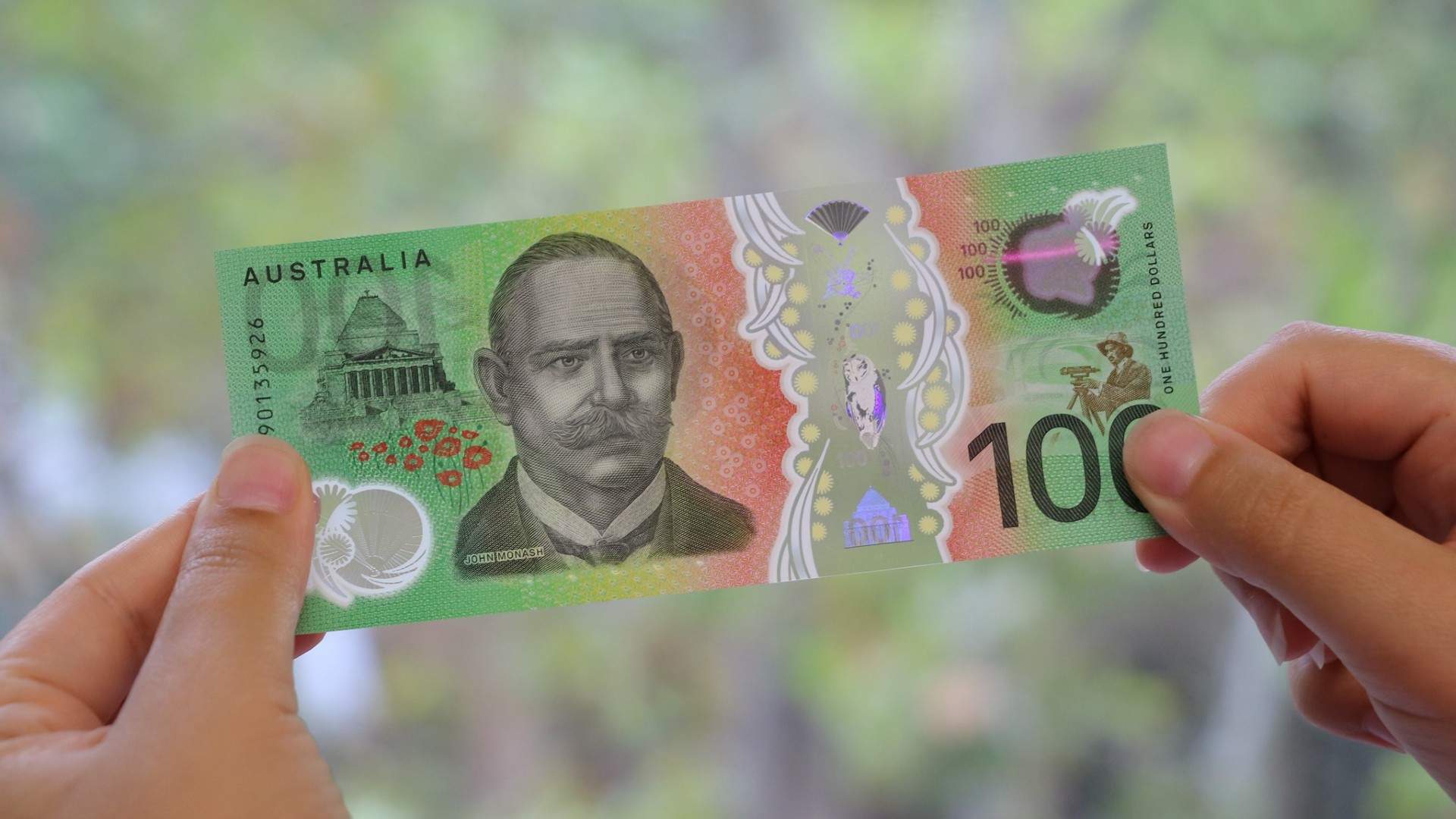The australian 5 to 100 notes are made of plastic

The Australian $5 to $100 notes are made of plastic.

When it comes to currency, Australia has taken a unique and innovative approach. Unlike many other countries, the Australian $5 to $100 notes are not made of paper but rather, they are made of a durable, flexible polymer material. This shift from traditional paper notes to polymer has brought about numerous benefits and enhanced security features to the Australian currency.
Polymer banknotes were first introduced in Australia in 1988 with the $10 note, and gradually, all other denominations, including the $5, $20, $50, and $100 notes, were converted to polymer. The Reserve Bank of Australia (RBA) made this change primarily to improve the longevity and security of the currency.

One of the main advantages of polymer banknotes is their durability. Unlike traditional paper notes that are easily torn or worn out, plastic notes are more resistant to general wear and tear. This increased durability extends the lifespan of the currency, reducing the need for frequent replacements and saving printing costs. It also ensures that the notes remain in good condition for a longer time, maintaining their usability.
Another significant advantage is the enhanced security features that polymer banknotes offer. The plastic material allows for the incorporation of various advanced security features, making it extremely difficult to counterfeit. These security features include holographic strips, transparent windows, tactile features for the visually impaired, and intricate designs that are difficult to replicate. This ensures a higher level of trust and confidence in the currency.
The polymer material also provides a tactile feel to the banknotes, aiding the visually impaired in distinguishing between denominations. The notes have raised bumps or textures that can be easily identified by touch, allowing those with visual impairments to independently handle their money.
Furthermore, plastic banknotes are more resistant to water, moisture, and dirt compared to paper notes. This makes them easier to clean and maintain hygiene, especially during situations where handwashing may not be readily available. The cleanliness and durability of polymer banknotes play a crucial role, particularly in situations where the currency is widely circulated, such as public transportation and marketplaces.
In conclusion, the Australian $5 to $100 notes being made of plastic, also known as polymer, offer several advantages over traditional paper banknotes. They are more durable, secure, and hygienic. The incorporation of advanced security features ensures their authenticity, making it difficult for counterfeiters to replicate. The longevity of the polymer material reduces the need for frequent replacements and helps conserve resources. Overall, the introduction of plastic banknotes has been a significant advancement in the evolution of Australian currency. To learn more about Australian banknotes, you can refer to the source.
Tags
Share
Related Posts
Quick Links
Legal Stuff

